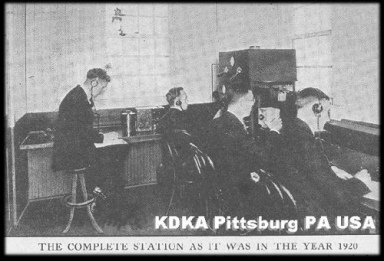Henirich Hertz (1857-1894)
– German physciatrist who determined how electronic waves could be transmitted and received wirelessly.
– Built first transmitter, antenna, and receiver apparatus. Foundation of radio and frequency measurements named off him.
– FF: Died of blood poisoning at just 37 years old.
Nikola Tesla (1856-1943)
– Serbian-American immigrant who invented the foundation for most alternating-current devices.
– Arguably the inventor of early radio.
– Created “Tesla Coil” which is commonly used in radio.
Guglielmo Marconi (1874-1937)
– “Father of Radio”
– Italian who made first successful distance wireless voice transmissions.
– English channel 1899 and the Atlantic in 1906
– FF: observed to be reason for survivors in Titanic.
– FFB: Looks identical to Anderson Cooper.
Ernst Alexanderson (1878-1975)
– Swedish inventor of alternator, allowing speech transmission to be possible.
Reginald Fessenden (1866-1932)
– Canadian inventor of the Liquid Barretter in 1903
o First audio device permitting reception of wireless voice transmissions
o 1906 – Christmas eve broadcast in BrantRock- First public broadcast of voices as well as music.
Edwin Armstrong (1890–1954)
– American Army officer who created FM and invented the regenative circuit
o First amplifying receiver and efficient continuous-wave transmitter
Lee Deforest (1873-1961)
– American business man and inventor of Audion Tube in 1906
o Vacuum that improved and amplified wireless signals
Dieter Seitzer (1933-Present)
– German inventor of audio compression and layering, otherwise known as the MP3















